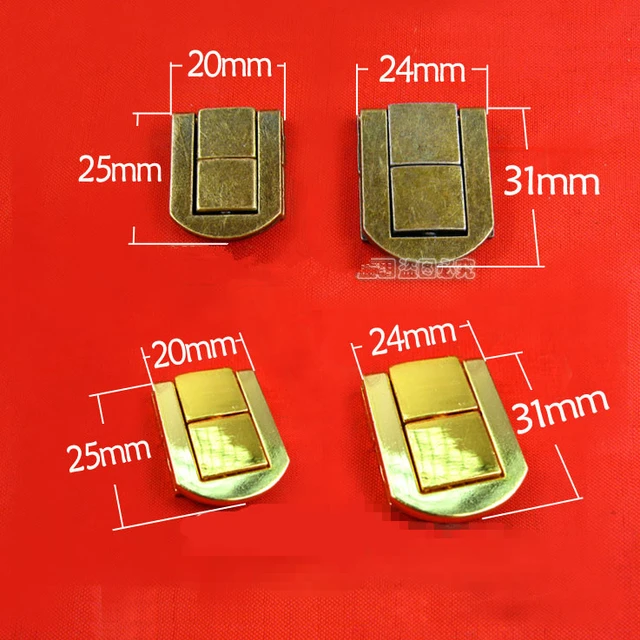 Introduction:
Introduction:
Creating a camera obscura is a fascinating and fun way to explore the principles of optics and capture unique images. In this comprehensive guide, we will take you through the step-by-step process of making a camera obscura. Let’s delve into the world of camera obscuras and unleash your creativity in capturing captivating scenes!
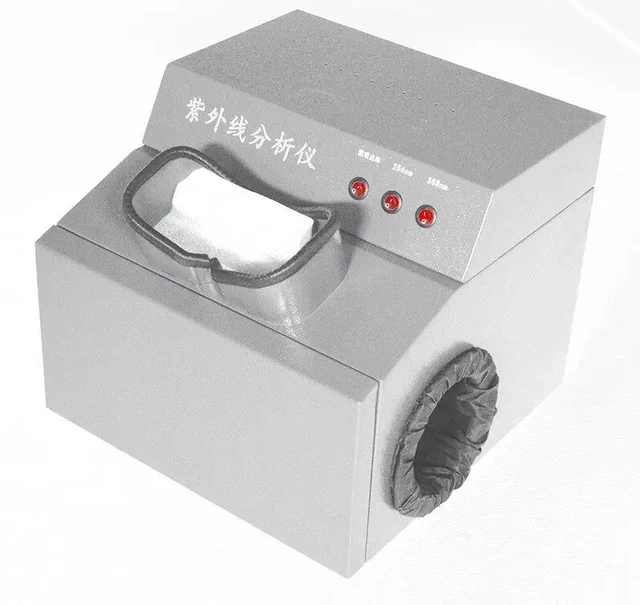 Introduction to the Camera Obscura
Introduction to the Camera Obscura
A camera obscura is an optical device that projects an image of the surrounding environment onto a surface, allowing for observation and artistic exploration.
A. Historical Significance: Camera obscuras have been used since ancient times for scientific observation, artistic inspiration, and as tools for early photography.
B. Basic Operation: A camera obscura works by allowing light to enter through a small opening or lens, projecting an inverted and reversed image of the outside world onto a surface inside a darkened room.
Some common types of cameras:
Digital Single-Lens Reflex (DSLR) Cameras: DSLR cameras are known for their versatility and high-quality image capture. They use a mirror and prism system that allows photographers to see the exact image that will be captured through the camera’s lens. DSLRs offer interchangeable lenses, manual controls, and advanced features suitable for professional photographers or enthusiasts.
Mirrorless Cameras: Mirrorless cameras are similar to DSLRs in terms of image quality but do not have a mirror and prism system. Instead, they use an electronic viewfinder or an LCD screen for image composition. Mirrorless cameras are more compact and lightweight compared to DSLRs, and they also offer interchangeable lenses and advanced features suitable for professional or advanced amateur photographers.
Point-and-Shoot Cameras: Point-and-shoot cameras, also known as compact cameras, are small, lightweight, and easy to use. They are designed for simplicity and convenience, with fixed lenses and automatic settings. Point-and-shoot cameras are suitable for casual photography, travel, and everyday use.
Action Cameras: Action cameras are compact, rugged cameras typically used for capturing activities and sports. They are designed to be waterproof, shockproof, and wearable, and often come with wide-angle lenses and image stabilization features. Action cameras are popular for capturing adventurous and immersive footage.
Film Cameras: Although less common in the digital age, film cameras use photographic film to capture images. Film cameras come in various formats, including 35mm, medium format, and large format. They offer a unique and distinct photographic experience, often preferred by enthusiasts or artists looking for a more traditional approach to photography.
Smartphone Cameras: Smartphone cameras have become increasingly sophisticated, offering high-resolution images, advanced features, and convenient sharing capabilities. With the convenience of a built-in camera, smartphones have become a popular choice for everyday photography and casual shooting.
Instant Cameras: Instant cameras, also known as Polaroid cameras, produce instant prints of captured images. They offer a nostalgic and fun photography experience, allowing users to have tangible copies of their photos immediately.
These are just a few examples of the many types of cameras available. Each camera type has its own features, capabilities, and target audience. The choice of camera depends on one’s photography needs, preferences, and level of expertise.
Materials Needed
To create a camera obscura, you will need a few materials readily available at home or from a local crafts store.
A. Cardboard or Sturdy Paper: This will serve as the base for constructing the camera obscura.
B. Lens or Pinhole: A lens, such as a magnifying glass, or a small pinhole will be required to allow light to enter the camera obscura.
Constructing the Camera Obscura Box
The camera obscura box serves as the main structure for the device, providing a darkened space for image projection.
A. Selecting the Size: Determine the desired size of the camera obscura, considering the available space and intended use.
B. Cutting and Folding the Cardboard: Cut out appropriate-sized panels from the cardboard and fold them into a box shape, securing the edges with tape or glue.
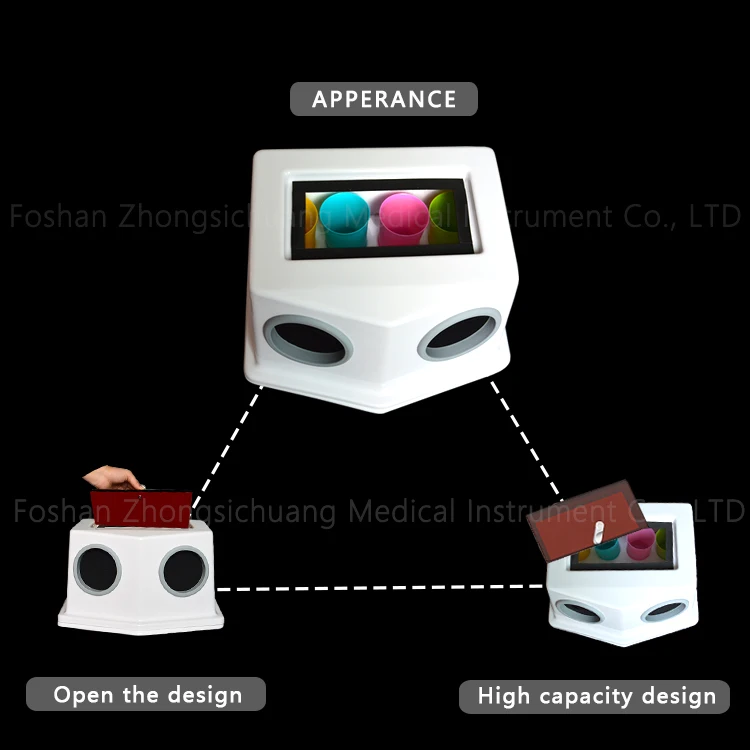 Creating the Pinhole or Using a Lens
Creating the Pinhole or Using a Lens
The opening through which light enters the camera obscura can be made with a pinhole or by attaching a lens.
A. Pinhole Method: Using a pin or needle, create a small hole in one side of the camera obscura box, ensuring it is not too large or too small.
B. Lens Attachment: If using a lens, cut or create a hole in the camera obscura box that matches the size of the lens. Secure the lens in place using tape or glue.
Preparing the Viewing Surface
The inside surface of the camera obscura box will serve as the viewing surface for the projected image.
A. Selecting a Material: Choose a smooth, white surface, such as a sheet of paper or cardboard, to attach inside the camera obscura box.
B. Attaching the Surface: Cut the material to fit the size of the inside of the box and secure it using tape or adhesive, ensuring it is smooth and taut.
VI. Using the Camera Obscura
To use the camera obscura, follow these steps to observe and capture images.
A. Find a Darkened Space: Set up the camera obscura in a darkened room or cover your head and the camera obscura with a black cloth to block out extraneous light.
B. Positioning the Obscura: Direct the pinhole or lens towards a well-lit outdoor scene or a subject of interest, ensuring the opening is facing away from the viewing surface.
Exploring the Projected Image
Observe and experiment with the projected image to fully experience the camera obscura’s magic.
A. Adjusting Focus: Move the camera obscura box closer or farther away from the projected image to achieve focus and clarity.
B. Capturing the Image: Use a camera or smartphone to photograph the projected image from the camera obscura, preserving the unique perspectives and qualities.
Experimentation and Artistic Exploration
The camera obscura offers numerous creative opportunities for experimentation and artistic expression.
A. Changing Light Conditions: Observe how the projected image changes with different lighting conditions, such as moving from bright sunlight to the Golden Hour or artificial lighting.
B. Composition and Framing: Experiment with different perspectives, angles, and compositions to capture interesting and visually striking images.
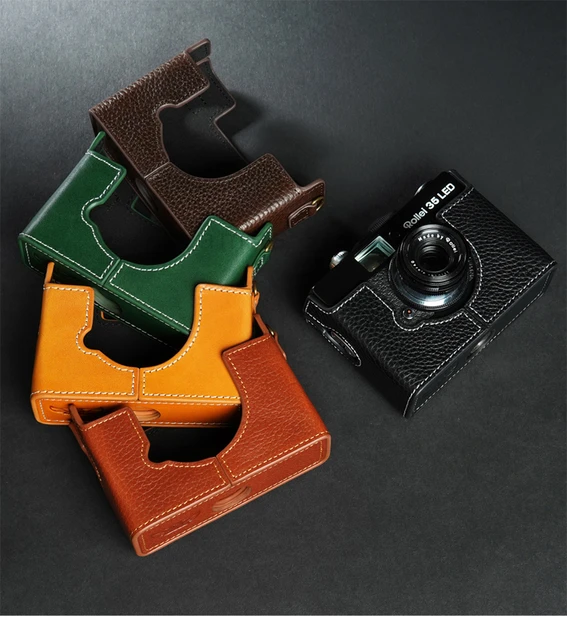 Some key points highlighting its importance:
Some key points highlighting its importance:
The camera obscura has been of significant importance in the history and development of optics, photography, and art. Here are some key points highlighting its importance:
Understanding Optics:
The camera obscura provided early insights into the principles of optics, demonstrating the way light travels in straight lines and how it can project an image when passing through a small aperture onto a surface. It was one of the earliest instruments used to study and understand the behavior of light.
Photography Precursor:
The camera obscura served as a precursor to modern photography. Observations made with camera obscuras helped pave the way for the invention of the photographic camera, and concepts developed from camera obscuras laid the foundation for the understanding of light-sensitive materials and image capture.
Artistic Tool:
Artists have utilized the camera obscura as a tool for creating highly accurate and detailed drawings or paintings. By projecting the image onto a surface, artists were able to trace or reference the accurately rendered external scene, aiding in the creation of realistic and precise works of art.
Visual Entertainment:
In earlier centuries, camera obscuras were popular attractions, providing people with a unique and immersive visual experience. Visitors could witness a live projection of the outside world within a darkened room, similar to a precursor of cinema and immersive visual entertainment.
Scientific Study:
Camera obscuras were utilized for scientific purposes, particularly in astronomy and the study of solar eclipses. The projection of the sun’s image during an eclipse allowed researchers to observe and document celestial phenomena more safely and directly.
Cultural Influence:
Camera obscuras have played a significant role in shaping cultural and artistic perspectives. Their use in creating accurate perspectives in art helped influence concepts of perspective and depth perception. They also influenced the development of optical toys, such as the stereoscope, which expanded the possibilities for 3D viewing.
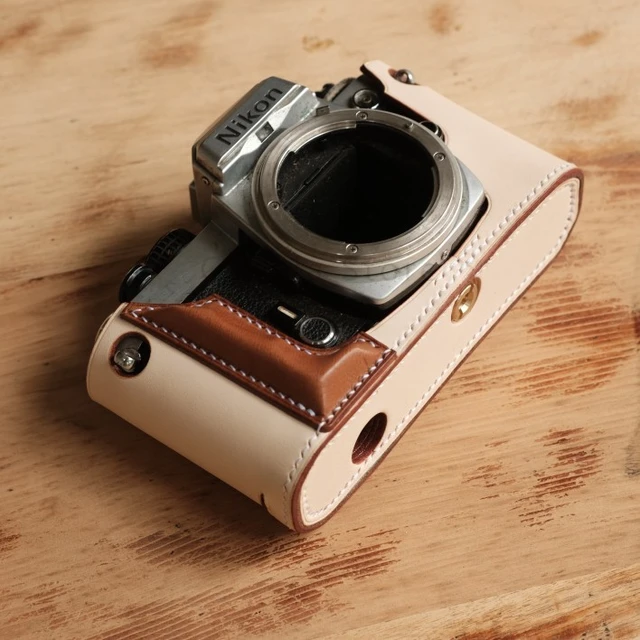

Leave a Reply